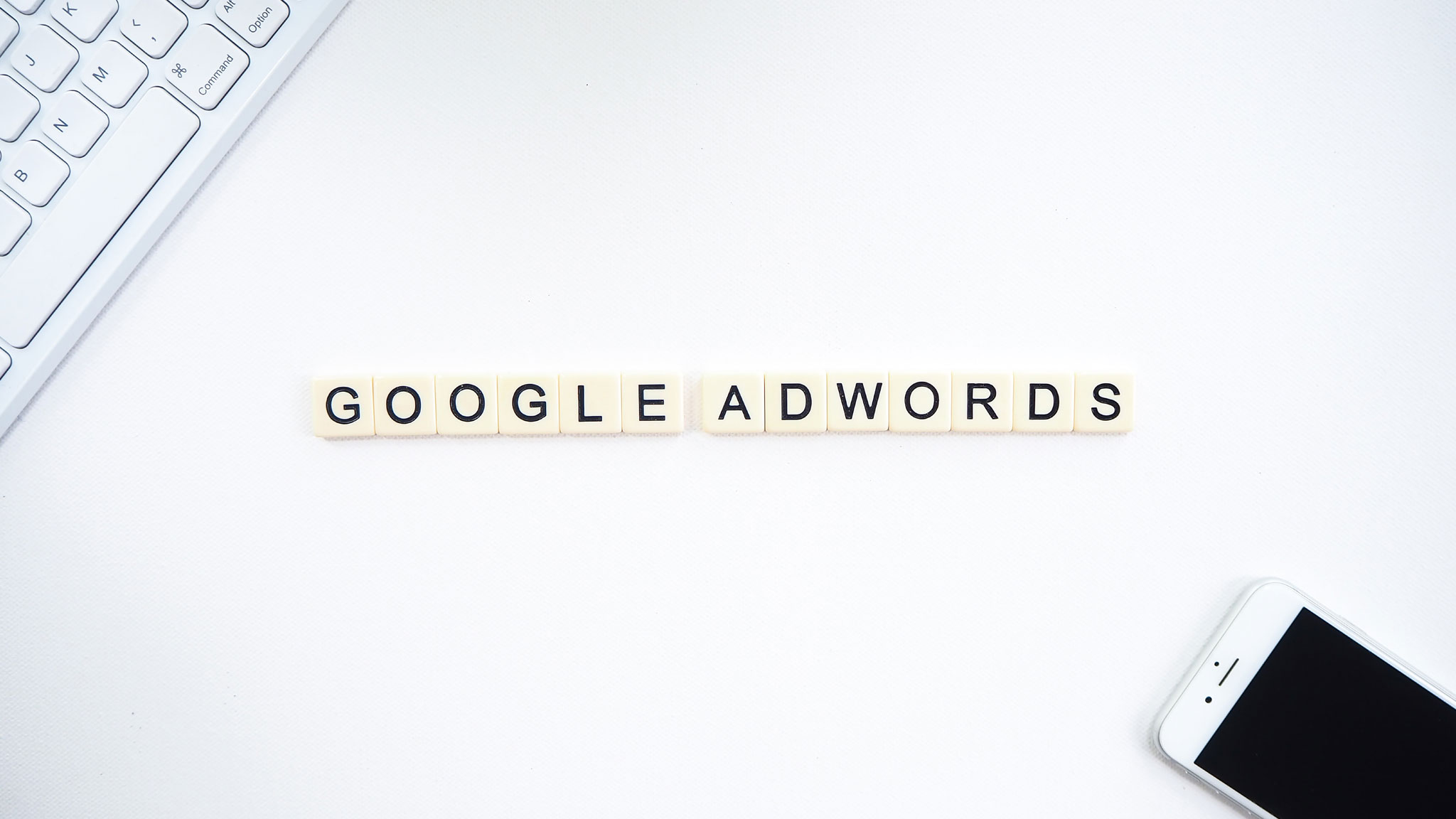As retailers, you will do whatever it takes to distribute your products to any vendors that share the same vision and want the consumers to benefit from these experiences.
When looking through the lens of a retailer, it’s understandable that you want to work diligently in order to convert leads for your business.
What if we told you that there are 7 effective ad strategies that will be paramount in enhancing your e-commerce business scheme?
Let’s dive right into the 7 strategies, going over the benefits of each and what makes each of them unique.
1. Creating Accurate Descriptions
When you’re working hard to sell your products, it’s important to get the product description to be as accurate as possible.
In order to achieve this, it’s in the company’s best interest to conduct some research on the implementation of keywords and popular search terms and analyze what other sellers are doing so that you can deliberately be a step ahead of the competition.
Research suggests that branded searches perform in a different way in comparison to non-branded searches.
You can significantly increase your sales by targeting customers who actually want what you’re looking for and mitigate the risk of paying for clicks that aren’t going to bring you anything prosperous by using negative keywords.

It’s important to ensure that any product descriptions you provide showcase your products in the best light and capture the true essence of your brand and its intentions.
Modify your feed to respond to search queries and make sure that your associates do the business when a relevant shopping query comes in.
2. Ahead of the Competition
Google Shopping can be an incredibly efficient platform for a wide variety of retailers, but there’s no guarantee that it will make your sales numbers skyrocket. You still have to work tirelessly to beat other sellers to make your business a force multiplier in your field. Think about what would make you click on one advertisement over another.
Is it the title that enthralls you? Or is it the images that grab your attention? Or is that advertisement offering something different than the rest of your competitors? Be prepared to make your ad stand out from everyone else’s.
Things to consider from Shopify:
- Set goals – what is your target CPA and cost for personal acquisitions?
- Build a customer or generate sales? There are really two types of merchants: those who want to generate sales, and those who want to bring in more customers.
- Are you using the correct resources? – Google Keyword Planner, SEMrush, Keywordtool.io
- Keyword strategy -what is it that you want to sell? – entry products, consumables, high price or high margin, or products with low competition but with a considerable amount of demand?
3. Establishing a Price Point
We all know that shoppers love scoring on a great bargain. If you’re looking for a product and you’ve got three advertisements on the screen in front of you, which all look the same apart from the price point, which link are you going to gravitate towards?
A wide variety of people are going to click on the lowest price, which can also register in their minds as the best offer that’s available during that time.
There’s no point in devoting time to creating listings if you can’t with others for the best price tag. Keep checking on the prices in relation to others and closely monitor your click to conversion rate.
4. Links to your Personal Landing Pages
If you’ve got an advertisement, and you’re working towards enticing your users to click on them, they’re going to follow up on the initial query and make a purchase based on this interaction that you deliberately spearheaded. You don’t want people to be clicking on your advertisement and then losing interest at some of the more important aspects of your content.
Make sure your landing pages adhere to your standards, and they allow your consumers to add the item to their basket for the advertised price in a quick and efficient manner. The process should be easy to navigate from start to finish.
Research indicates that only 34% of shopping ad clicks actually result in conversions for sales, and you can increase your chances of success by making the process of buying easier and ensuring that your landing pages are relative with the information in the advertisement.
5. Up-Selling Your Products
Regardless of the kind of business you run or what type of product you’re pushing onto your consumers, it’s highly probable that you’re going to be competing for a consumer’s undivided attention.
If you’ve got a series of advertisements that are begging for your attention, what could a seller add to this advertisement to make it more interesting for you? Your advertisements are essentially an extension of your business, and it needs to insight a lasting impression on your consumers.
You can make these elements turn heads by being competitive on price and adding a snappy title that is associated with popular keywords, additionally, you can get by with persuading the buyer that you’re the best, and ensure your sellers that they can depend on you for almost anything.
Incorporate some review scores and details of limited-time offers. If you’re running a promotion, which means that the buyer can enjoy 10% off their first order or free delivery for the next day, for example, don’t wait to disclose this information in the hope that the buyer will click on your advertisement.
Should you have a special offer tag at the bottom of your advertisements, you can provide details if the user hovers over the tab. If there are similar ads, this saving or promotion could make a difference.
Likewise, if you’ve accumulated a plethora of positive reviews, use this as a way to up-sell your product. When you are shopping online, it’s crucial that customers trust sellers, and reading reviews from previous buyers could help put the ball in your court.
6. Timing is Key
Last, but certainly not least, is the subject of perfect timing. Research indicates that modifying your bids in conjunction with peak times can increase the click-through rate immensely.
Increasing bids on a Friday morning, for instance, is more than likely to be much more effective than it would be on another day like Thursday. You can adjust your bids in such a way to facilitate a growing demand.
Do some extensive research on consumer habits and identify the times when most people are online conducting their shopping. There’s no point in bidding more on a Tuesday at 11 am when a lot of people are still at work.


Gertrude
Definitely imagine that that you said. Your favorite justification seemed
to be at the net the easiest thing to bear in mind of.
I say to you, I definitely get irked even as other
people think about worries that they plainly do not understand about.
You managed to hit the nail upon the highest
and outlined out the entire thing with no need
side-effects , people could take a signal. Will likely be again to get
more. Thanks
Feel free to surf to my page; vpn coupon code 2024
Carmen
I’m gone to inform my little brother, that he should also pay a visit this webpage on regular basis to take updated from hottest information.
My web site :: vpn special